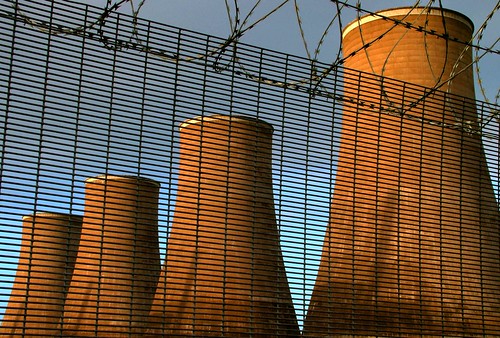-
Scientists claim to have discovered evidence for large releases of methane into the atmosphere from frozen seabed stores off the northern coast of Siberia.
-
Modest CO2 cutbacks may be too little, too late for coral reefs
How much carbon dioxide is too much? According to United Nations Framework Convention on Climate Change (UNFCCC) greenhouse gases in the atmosphere need to be stabilized at levels low enough to “prevent dangerous anthropogenic interference with the climate system.” But scientists have come to realize that an even more acute danger than climate change is lurking in the world’s oceans—one that is likely to be triggered by CO2 levels that are modest by climate standards.
Ocean acidification could devastate coral reefs and other marine ecosystems even if atmospheric carbon dioxide stabilizes at 450 ppm, a level well below that of many climate change forecasts





